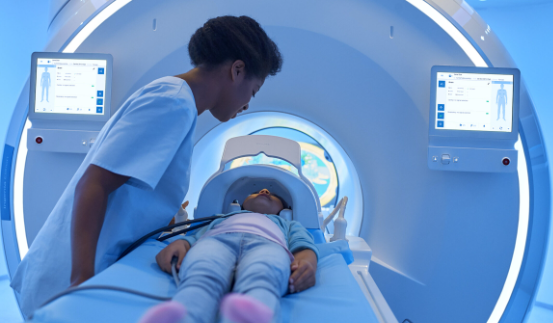After a woman gives birth, the normal placenta will usually detach from the uterine wall. However, in the placenta accreta, part or all of the placenta remains firmly attached to the uterine wall. This condition is very risky to cause severe postpartum bleeding. Although the exact cause of placenta accreta is not known, this condition is thought to be related to the occurrence of placenta previa or cesarean section scar in previous deliveries. Placenta accreta occurs in about five or ten percent of women with placenta previa, and in about 60 percent of women who have had multiple cesarean sections. When pregnancy progresses, the placenta accreta generally does not cause symptoms or has no visible signs. Often this condition is detected by a gynecologist Chattanooga tn when performing an ultrasound examination during a pregnancy consultation. However, in some cases, placenta accreta can cause vaginal bleeding at 28 to 40 weeks of gestation (third trimester).
The severity of the placenta accreta is determined based on how adherent the placenta is to the uterine wall. The most common cases are when the placenta grows too deep in the uterine wall. A more severe condition, called placenta increta, occurs when the placenta gets deeper into the uterine wall until it reaches the uterine muscle. In rare cases, the placenta can penetrate the entire uterine wall until it attaches to another organ, such as the bladder. This condition is called placenta percreta. Placenta accreta is thought to be associated with high levels of a protein called alpha-fetoprotein (AFP) produced by the fetus, which can be detected from the blood of pregnant women. The abnormal uterine lining is also thought to cause placenta accreta, such as scar tissue after cesarean section or other operations on the uterus. However, the exact cause of placenta accreta is not certain. The risk of a woman getting placenta accreta can continue to increase every time she becomes pregnant, especially if she is over 35 years old.
Besides, a woman’s risk of developing placenta accreta also increases if you have the placenta in the lower part of the uterus during pregnancy, where the placenta should be at the top of the uterus. Have placenta previa (the placenta covers part or all of the birth canal). Having an abnormal uterine condition, for example, there is a myoma. Once a pregnant woman is diagnosed with placenta accreta, the doctor will monitor the condition of the pregnancy and plan the time of delivery with various preparations for emergencies, to ensure safe delivery. If bleeding occurs in the third trimester, the doctor will advise the patient to rest completely and undergo treatment in the hospital.









